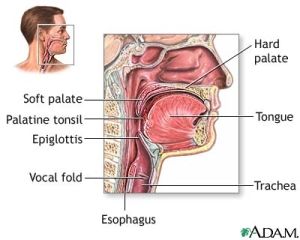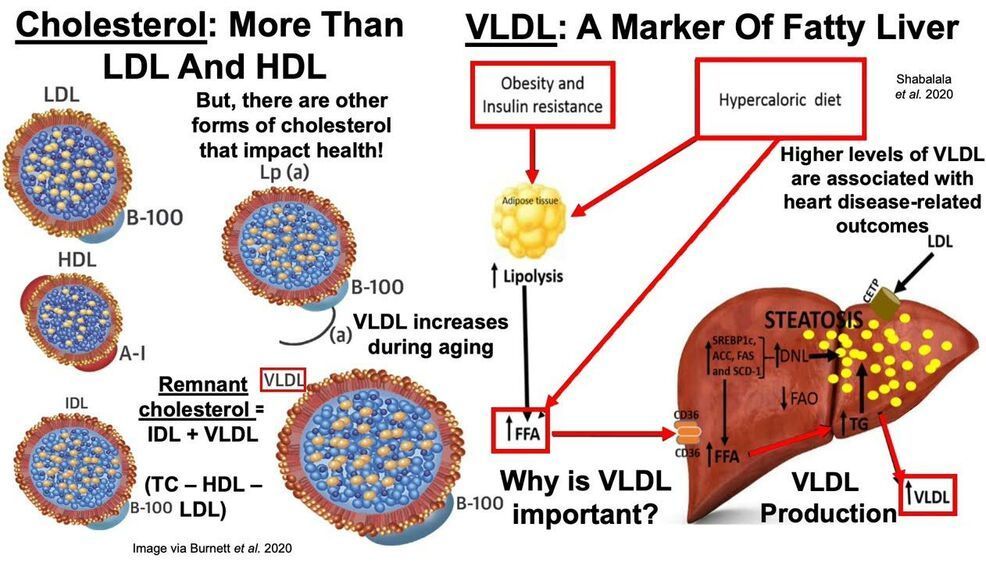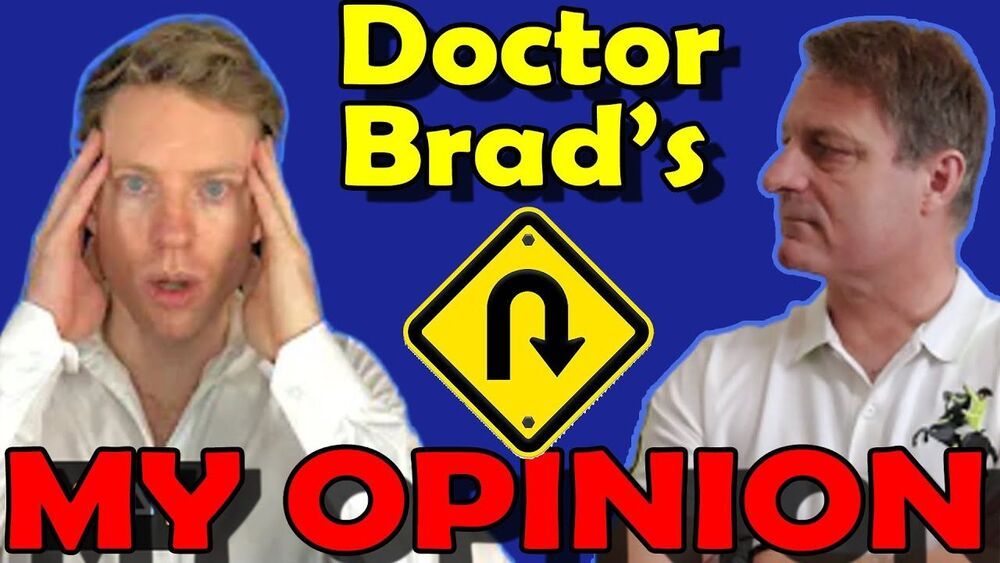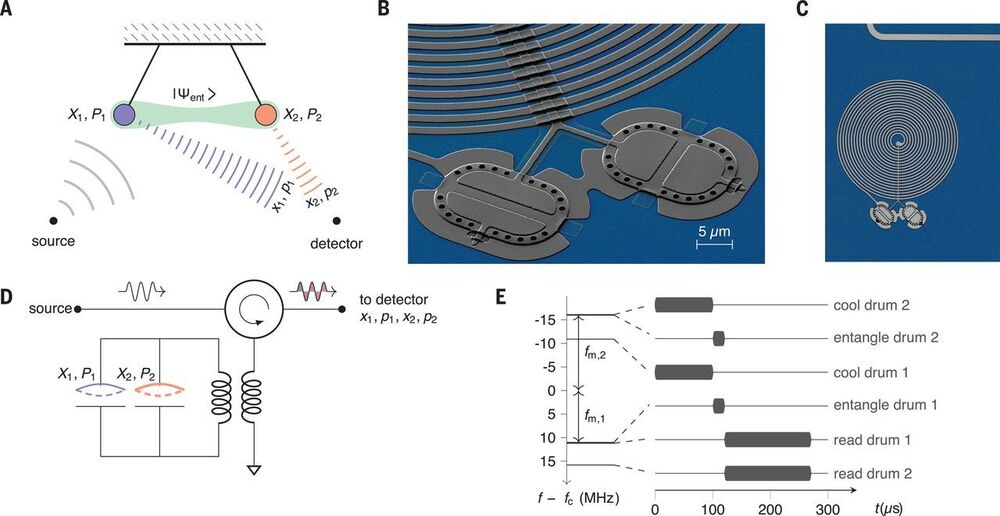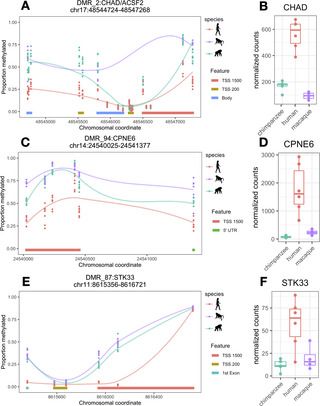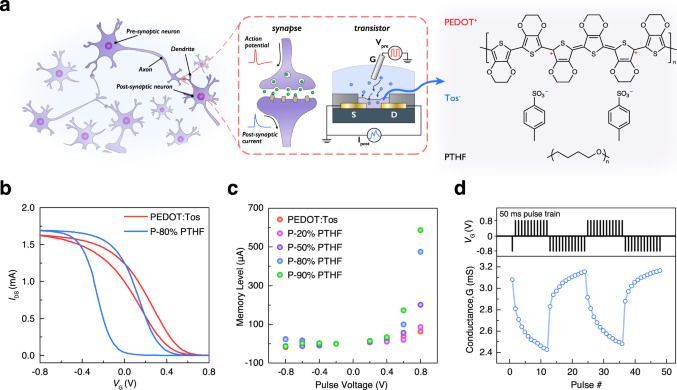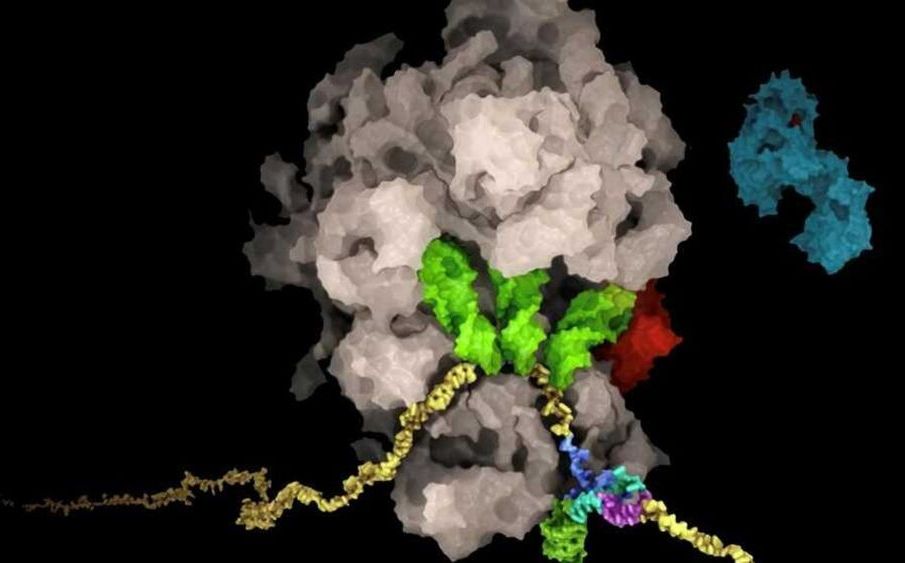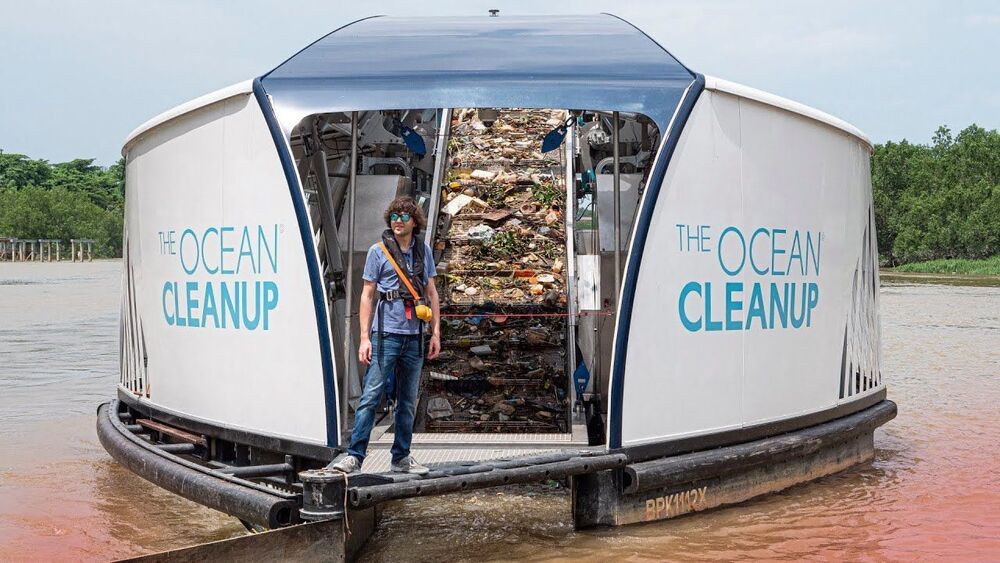May 16, 2021
Genetically engineered grass cleanses soil of toxic pollutants left
Posted by Jason Blain in categories: biotech/medical, chemistry, genetics, military
Large swaths of U.S. military land are covered with munitions components, including the explosive chemical RDX. This molecule is toxic to people and can cause cancer. It also doesn’t naturally break down and can contaminate groundwater. Now researchers have genetically engineered a grass commonly used to fight soil erosion so that it can remove RDX from the soil, according to a new paper published May 3 in Nature Biotechnology.
A team, which includes researchers from the University of Washington, demonstrated that over the course of three years, a genetically engineered switchgrass could break down an explosive chemical in…

